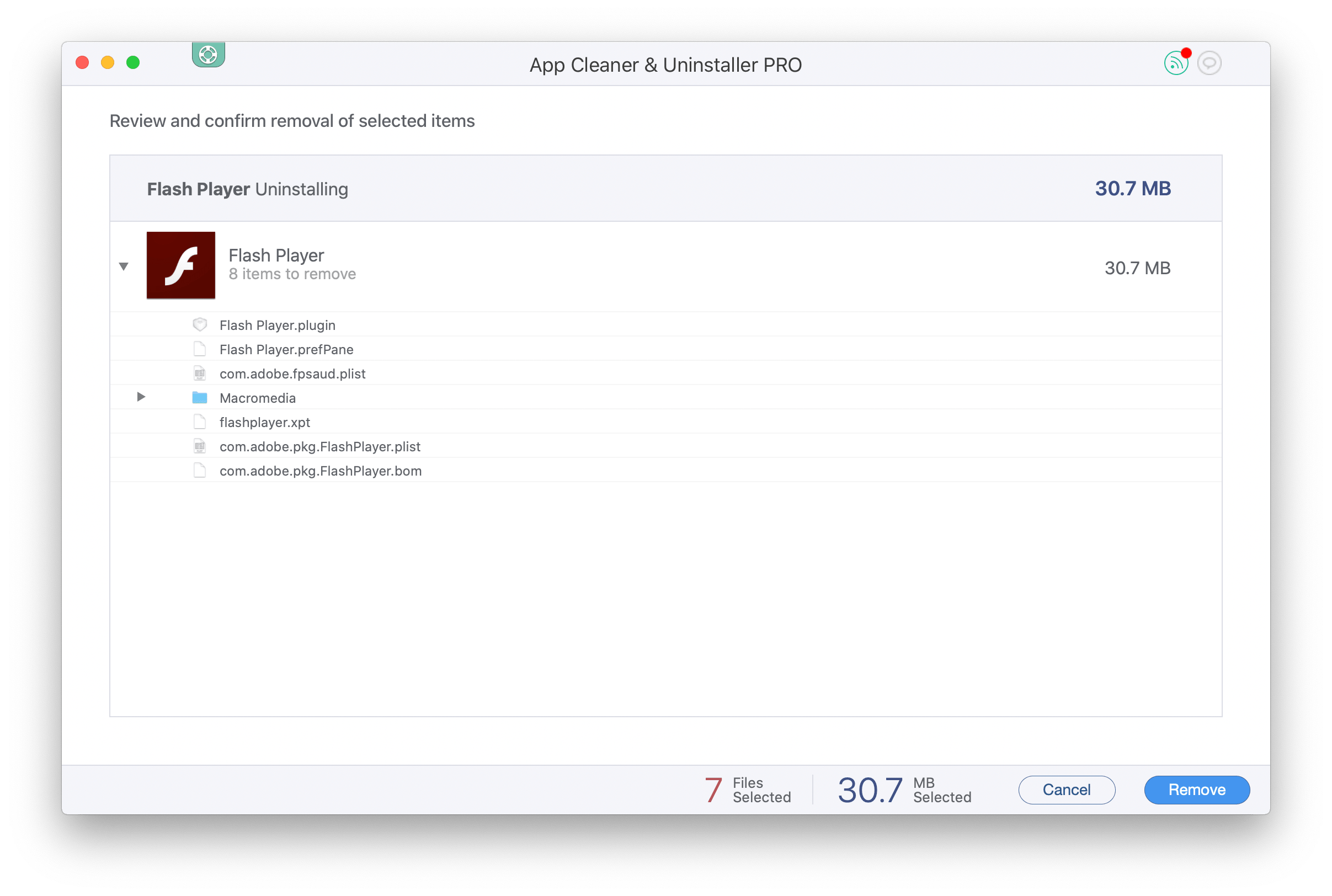
If after the removal of Flash Player you discover a business need for it, you can contact your DDS professional for assistance through the DDS service request portal. Adobe officially sunset support for Flash Player on December 31, 2020, and on January 12, 2021, Adobe blocked Flash content from running in Flash Player.

This alert thanks users for using Adobe Flash Player and recommends that users uninstall the program as it will no longer work starting January 12th. Open Powershell with Admin or CMD with Admin (Press Windows key + X then click Windows Powershell (Admin)) Copy each line of command to Powershell then press enter (one line at a time) net stop bits. In July of 2017, Adobe announced the end of Flash Player, and since then, Google, Microsoft, Apple and Mozilla have blocked Flash Player from opening content in their browsers. Adobe Flash Player alert shown in Windows 10. These instructions will help you remove Flash Player if you are not supported by DDS or need to remove it from a personal device: For customers of OIT’s Dedicated Desktop Service (DDS), Flash Player will automatically be removed from managed systems. Running unsupported software opens devices to security vulnerabilities that are no longer addressed after updates cease. I do not know if that is still the case so ymmv.Adobe ended support for Flash Player at the start of the year which means that it should be uninstalled on any devices that are still running it. I didn’t think about this until I’d already cleared the files, but in the “olden days” you had to specify all three “special” attributes in the command (system, hidden, and read-only) in order to add/remove any of them, so that’s why I did it that way. With the system attribute gone, I was then able to delete the files and clear the vulnerability from Nessus.

Turns out that all four files had the system attribute set, so in an elevated command prompt, navigated to the folder and ran “attrib *.* -s -h -r” which removed the system attribute. Those files were quite persistent even changing permissions and ownership to Everyone did not allow them to be deleted, but did result in the fun message, “You require permission from Everyone to make changes to this file.” The only issue I had was that the DISM command (at least on 2016) still left the four ActiveX files under c:\windows\system32\macromed\flash intact, three of which were still triggering our Nessus scanner as critical vulnerabilities.


 0 kommentar(er)
0 kommentar(er)
